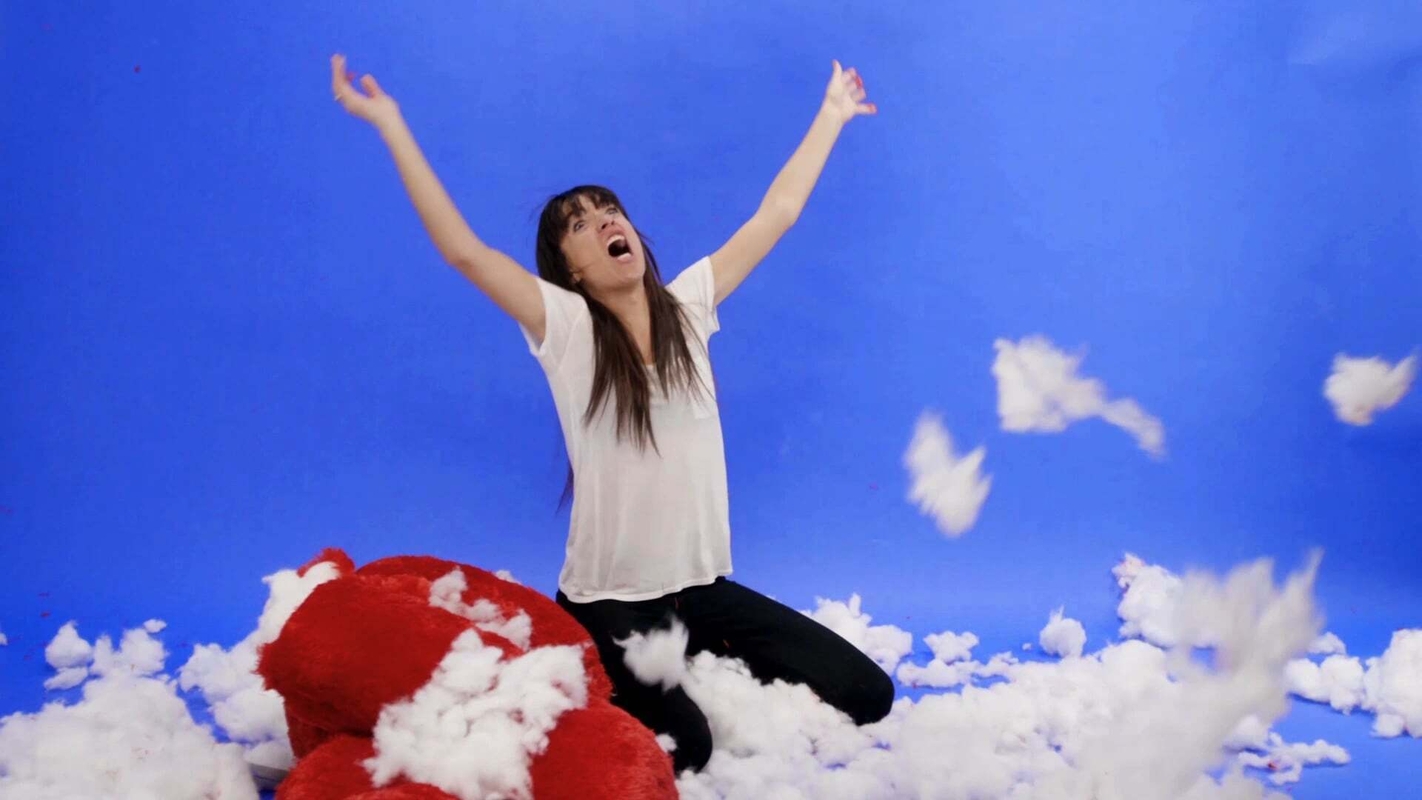
They say the ultimate act of compassion is to learn to love your enemies. We tried to better understand someone we don’t get along with by doing something nice for them.

Part 1: Twitter’s Call-Out Culture
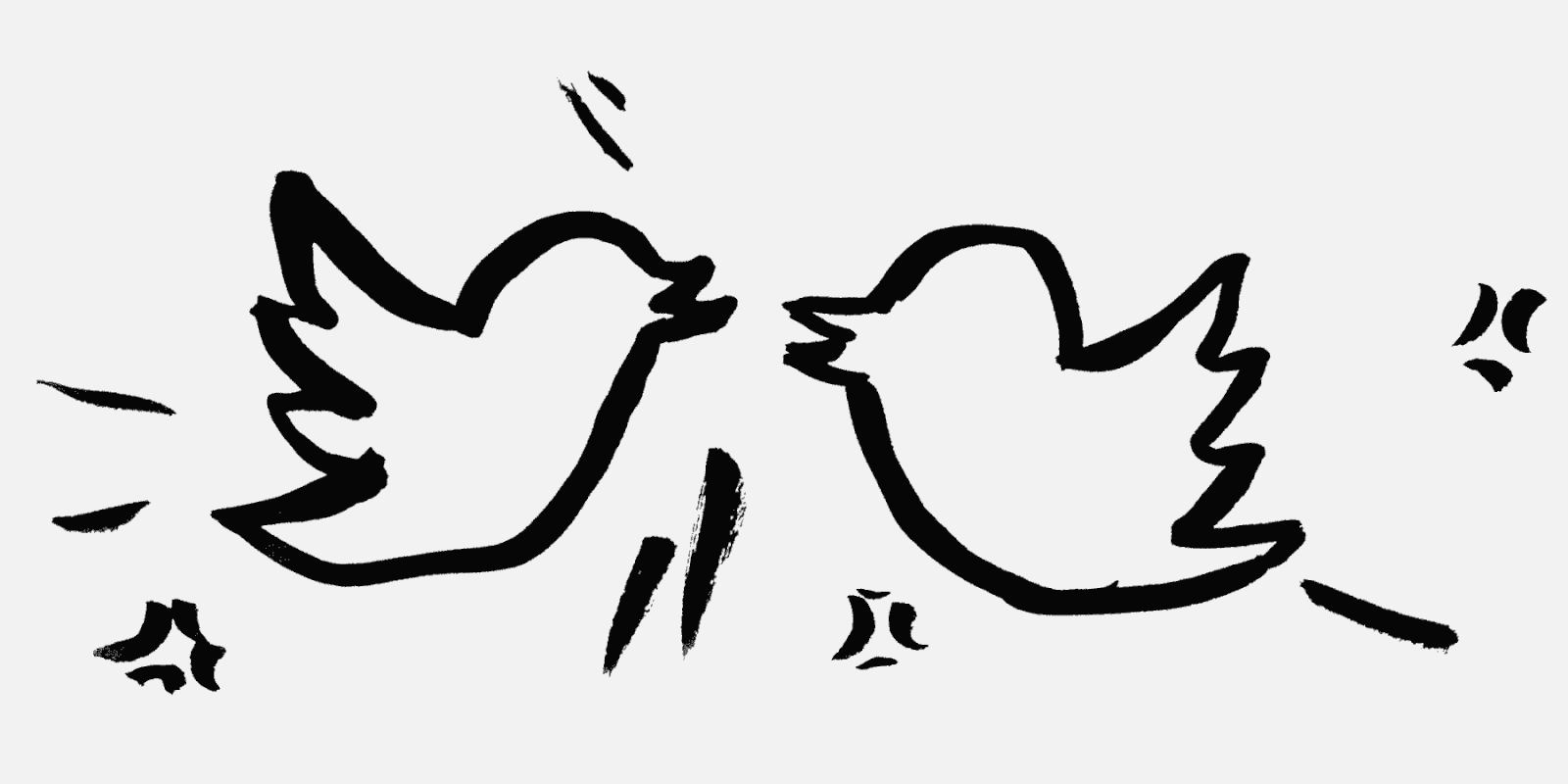
I feel that throwing knee-jerk opinions on Twitter degrades designers, because these people’s networks read and believe tweets, without doing any research to find out the truth
As I explained in the beginning of my first step, I'm not blind to my obvious privileges. I’m white, I’m male, and I'm heterosexual. It doesn't matter that I was raised in a rough neighborhood on the outskirts of East Cleveland. It doesn't matter that I didn't grow up without my biological father around. I'm privileged, because my country made my road to success a lot smoother than it was for my non-white and non-male friends. Again, nobody is more aware of this fact than me.
For this step, we’re supposed to seek out someone who we feel has treated us poorly in the past—and do something kind for them or just try to understand their situation. Why did they do it? And what is their POV? So I want to talk about Twitter and the effects online bullying, shaming, and teasing has had on me and others. No doubt it can be funny sometimes, too.

Firstly, I don't usually address people in our industry who are critical of me or my work on Twitter. If I do, I prefer to talk about it with them offline. I did once, rather arrogantly, reply to a Tweet from a young designer I knew (someone whose work I respected…which is why I guess I responded). In my eyes, it was a “he started it” situation; he had jokingly made fun of 40 Days of Dating on Twitter about five or six times over the course of a year. I wouldn't normally reply to comments like that, but since we share the same community, my ego got the best of me. Besides, I was just poking back at him; I thought it was an eye for an eye, nothing more or less.
Recent comments
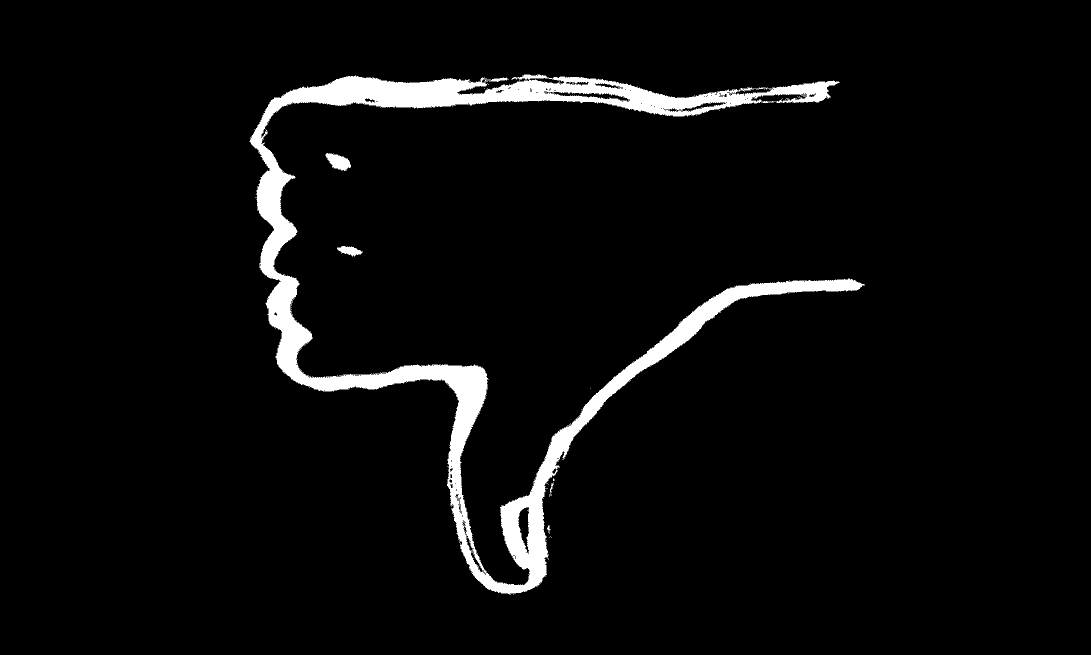
Critical design commentary is nothing new in the industry, and critical commentary directed towards my work on Twitter is nothing new either. Criticism is what happens when you’re taking risks with your work and your career. It’s what happens when your audience grows and more eyes see you. I also understand that there is a certain responsibility with having a larger audience. Those who take risks and put themselves out there are often the ones who have to deal with the most intense hate on the internet, and that in turn creates a culture that silences rather than opening up dialogue. When Jessica, who is arguably one of the most well-known graphic designers in the industry, has to see some one comment on every Tweet or Instagram post about how she is too selfish, or too skinny, or worse; she is shamed and put down because angry people on the internet don't think she deserves her success. It's enough to make you really, really pissed off.
It’s the “Rule of 10” whenever you make something provocative: three people love it, three people hate it, and four people don’t really care.
Generally, criticism is not something that bothers me, and there is a place for it (when it’s about the work). Sure, it can be hard to see yourself being packaged as some sort of two-dimensional lampoon when you think of yourself as a very real human being full of many different qualities, but ultimately I know haters gonna hate. It’s the rule of ten: whenever you make something provocative, three people love it, three people hate it, and four people don’t really care. I think my friend Darren Booth said it best: “Our industry demands originality yet it ostracizes people for doing something different.”
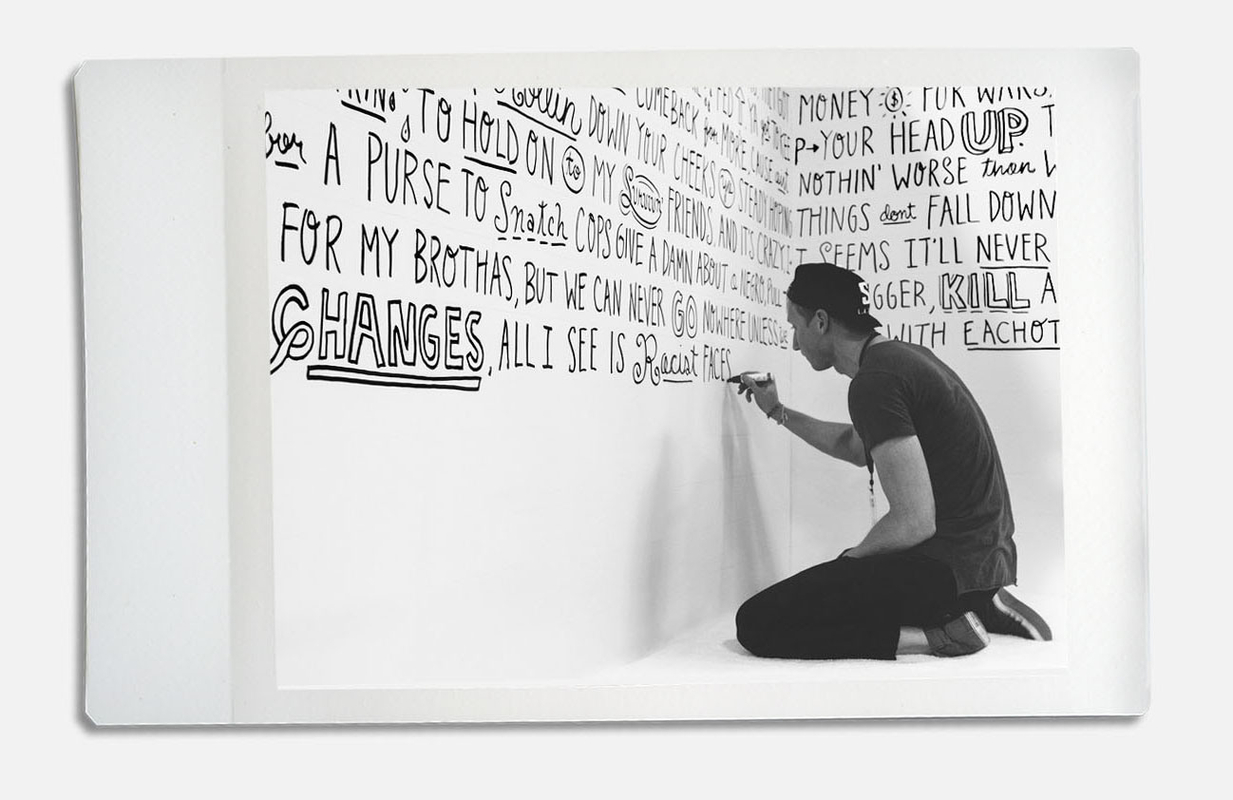
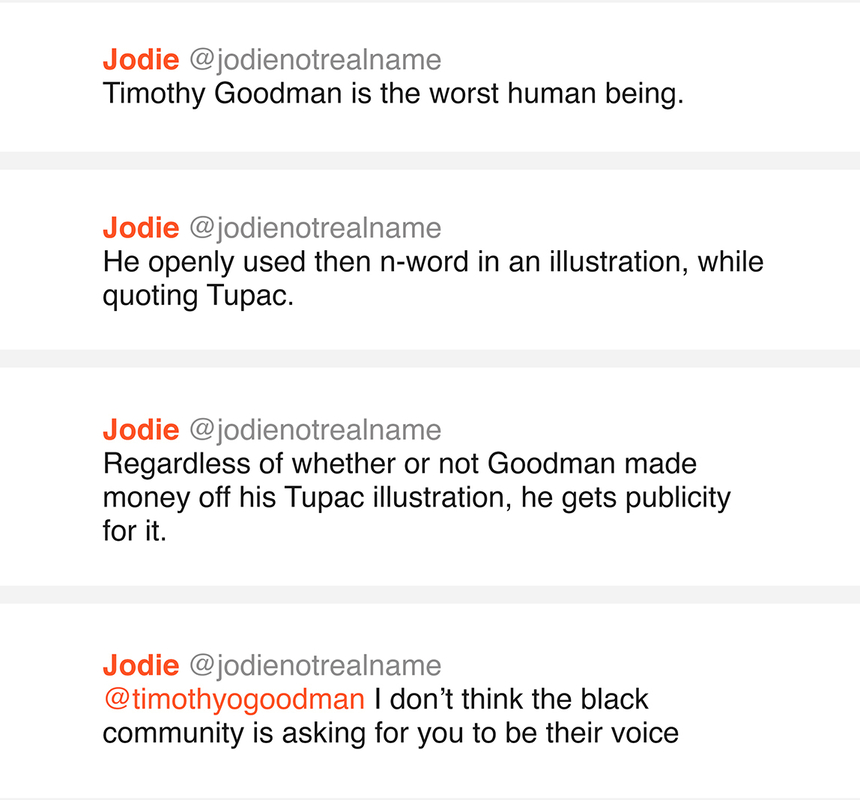
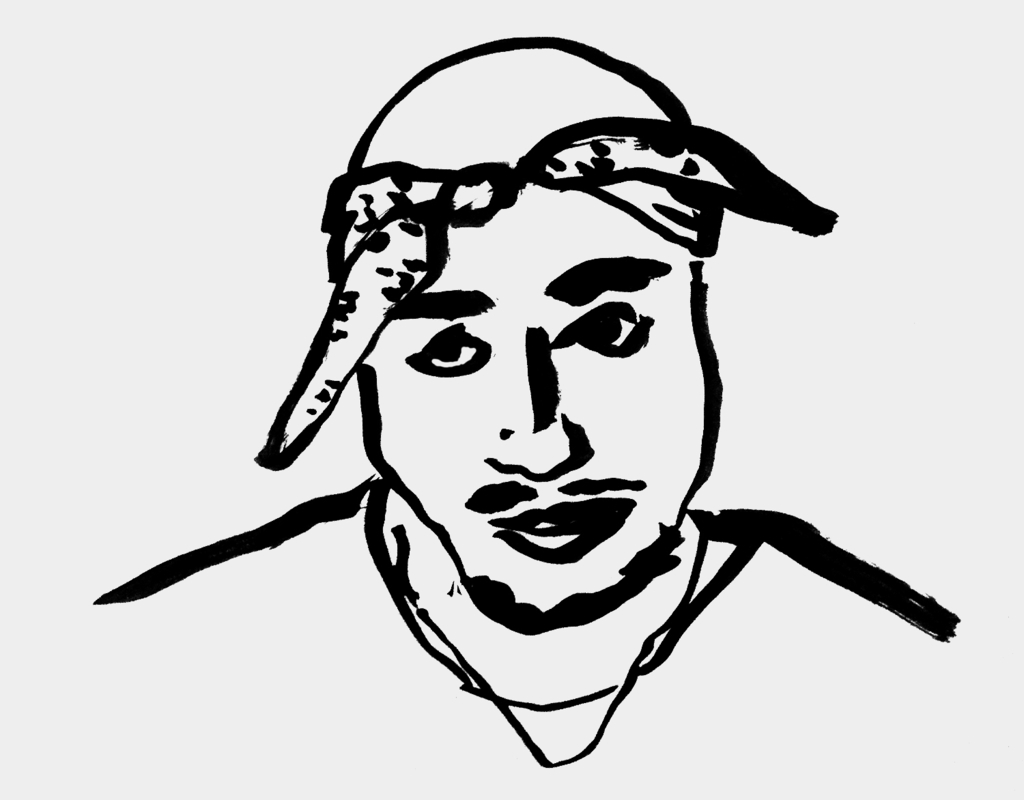
Now there is one common denominator between the four people who blasted me on Twitter: None of them are actually black. I kept thinking, Did any of them ask black people how they felt before being offended on their behalf and “standing up” for them? Shouldn’t actual black people be included in the conversation? Was the knee-jerk reaction to blast me on Twitter some sort of projection?
The fact of the matter is that I’ve talked to black people about my mural. The very talented photographer, Margaret Jacobsen, didn’t find it offensive at all. Nor did the amazing photographer Paul Octavious when we spoke about it recently. Nor did the many black people who took photos with me at the Magic show that day. Nor did, Tasha Bleu, who photographed the entire day. Nor did the model, Eliana Rush, who asked me to draw the words “THUG LIFE” on her stomach that day (THUG LIFE is Tupac's famous stomach tattoo). Nor did my good friend Aaron Taylor when I asked him. I can’t claim that no black people were offended by my mural, but I can say that I’ve talked to many members of the black community who weren’t offended by it—and many who appreciated and supported it.
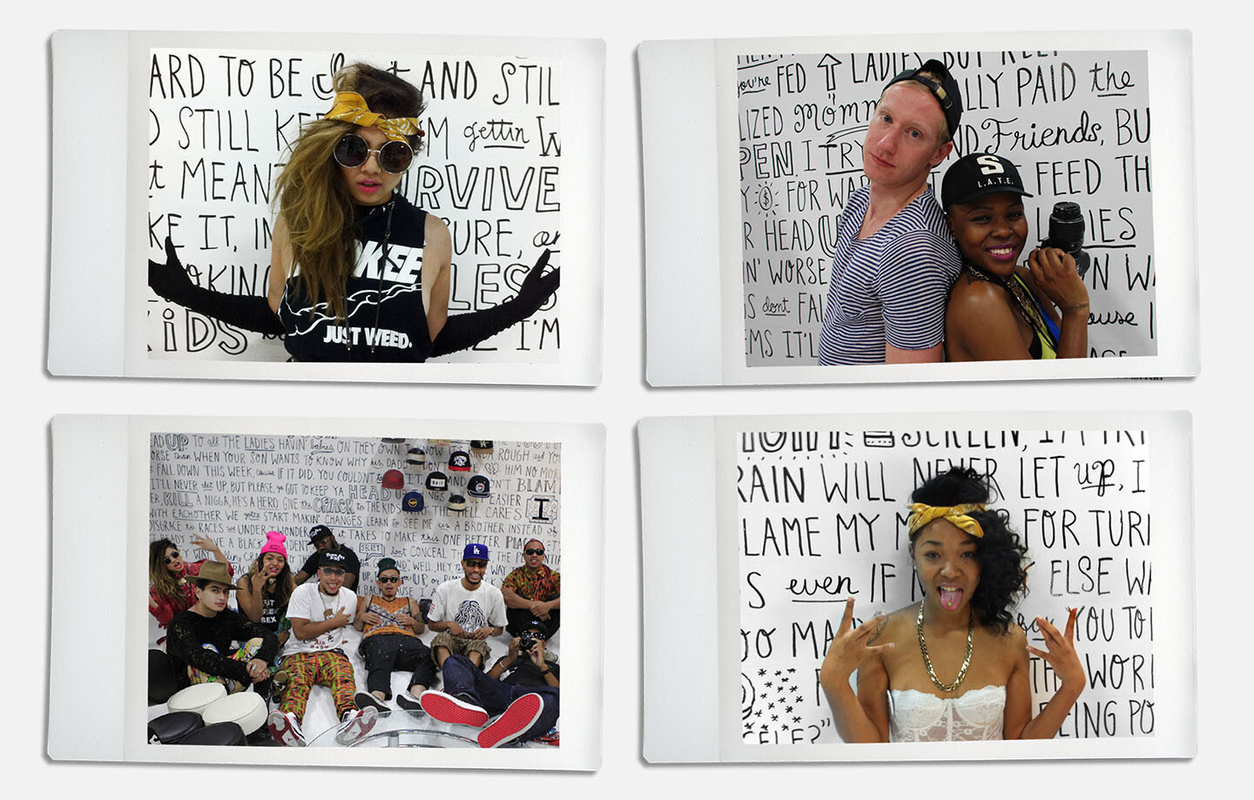
All of this leads me to one important question: Where is the fine line of cultural appropriation drawn in graphic design? Some would say an act is deemed “appropriation” by the people that the supposed appropriation is happening to. Some would say that appropriation is when anybody with privilege uses the Other’s cultural fabric as a form of self-expression. Some would say that appropriation is when something is taken then reapplied for a different concept. Others see it in a much more ambiguous light, where appropriation is more about the “how” then the “what.” I don’t know, and I don’t think it’s my place to define it. There is a lot of great writing about this: For further reading: Everyday Feminism: The Difference Between Cultural Exchange and Cultural Appropriation NY Times Debate: Whose Culture Is It Anyway? The Complete History of Quentin Tarantino Saying the N-Word The Atlantic: The Dos and Don’ts of Cultural Appropriation
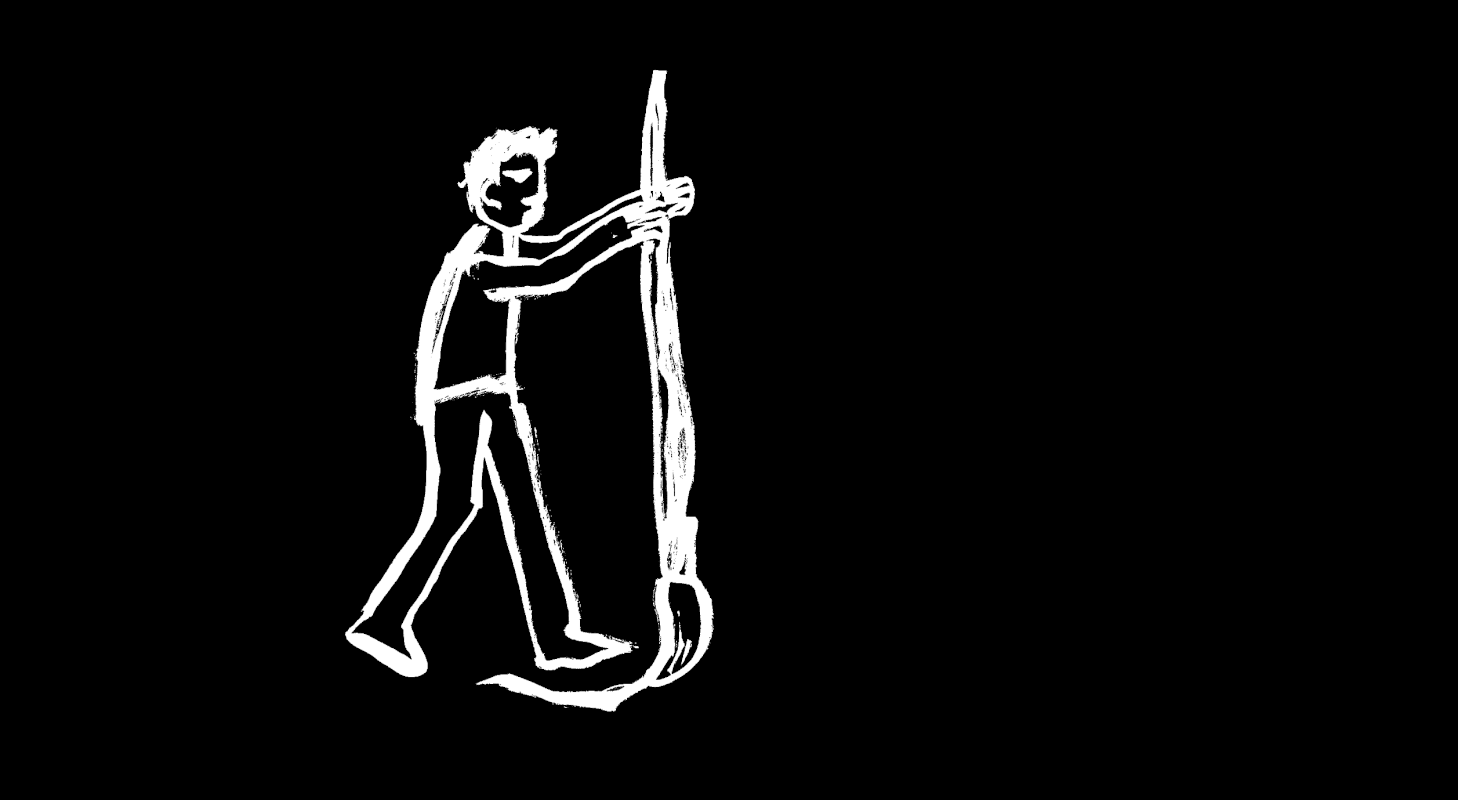
Part 2: Is It Offensive or Am I Being Defensive?
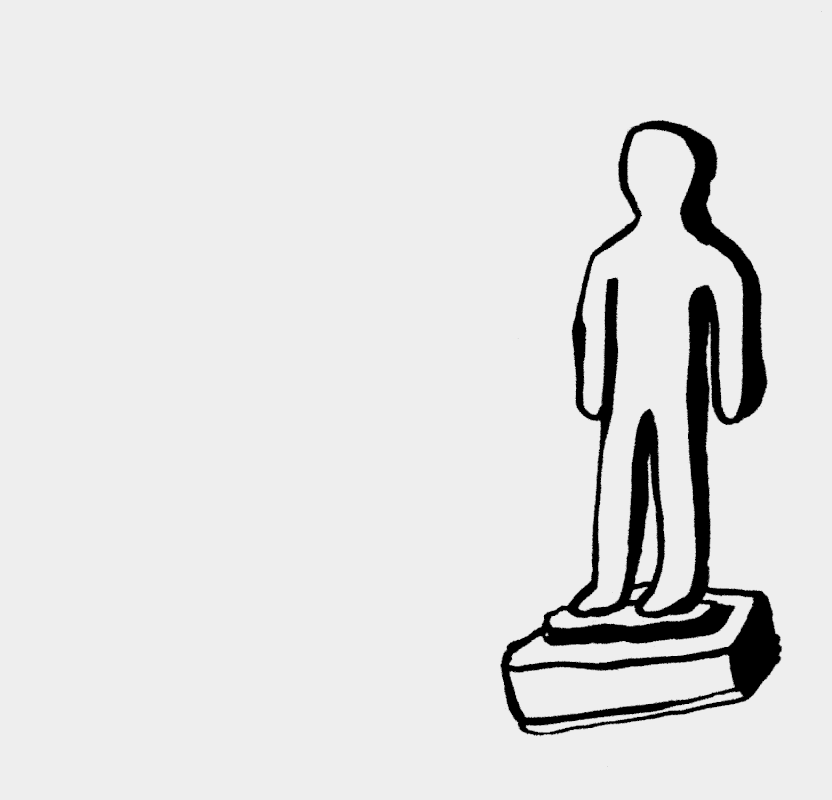
It’s still very hard to see yourself being packaged as some sort of two-dimensional lampoon when you think of yourself as a very real human being full of many different qualities.
After much resistance, I wrote him and asked if he would meet me for a drink and chat. He wrote back within the hour and said he’d be down for it. I have to say that I was pretty shocked he was willing to sit down with me. I had all kinds of worries: I thought maybe he’d ignore me, or just say “no,” or that he'd blast my email on Twitter. Who knows! But a week later, we sat down and talked for a couple of hours over drinks. He was actually very gracious the whole time.
Right away, I told him that I personally believe design criticism can be very pedantic, especially when the critic crosses his or her arms and decides what’s right or wrong based on whatever moral compass they want to see. Engaging in discourse, whether on Twitter or IRL, can be super beneficial, but unfortunately I haven’t come across much constructive criticism online yet.
My critic had an interesting take. He said he felt it was important to question and criticize others in the design community—their work, their intentions, their “celebrity,” particularly those who have a following—because, like musicians or moviemakers, we need to all be held accountable for how an audience digests our work. He said he wasn't interested in a dialogue because he didn't believe his Tweet would bother me if I ever read it.
In fact, I’ve heard this before from other people. Yet in reality, it takes so little to put someone down on Twitter. A couple quick opinions, and a couple quick clicks, and they're able to hide behind their keyboard while someone may be very misunderstood and misrepresented in front of many people. He admitted that his tweets could have been more sensitive, but that he ultimately still felt I was wrong. When I told him more about my mural, and the fact that all the black people I know had no problem with it, he seemed taken aback.
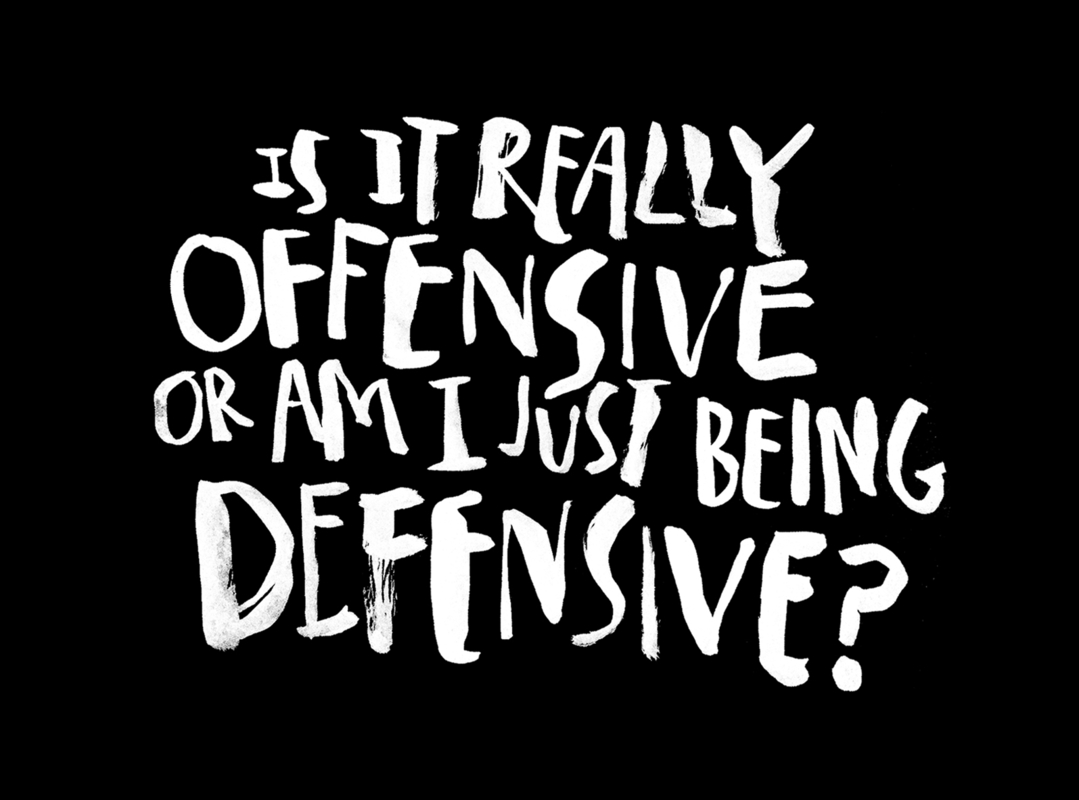
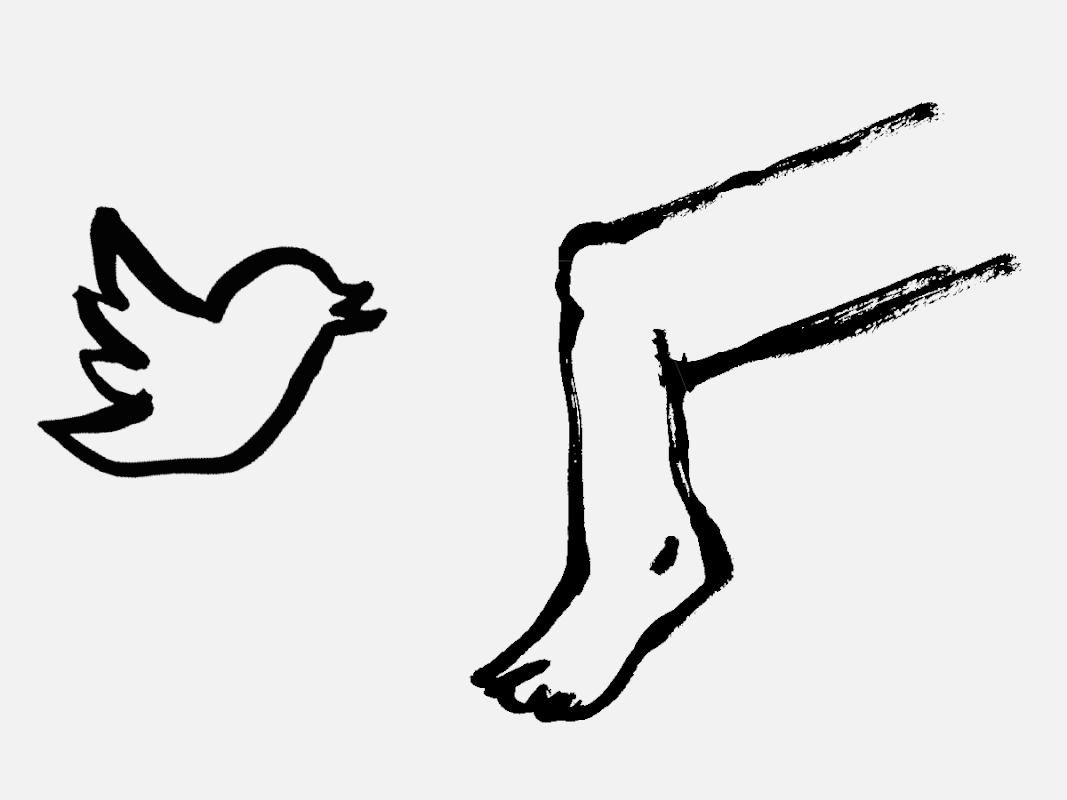
Ultimately, I feel that throwing knee-jerk opinions on Twitter degrades designers, because these people’s networks read and believe tweets, without doing any research to find out the truth, while a slew of favorites, RTs and comments follow. I asked him if he felt this sort of “design criticism” was breeding mediocrity into young designers, by teaching them to never take real risks with their work for fear of being criticized. He said he didn't believe that, that ultimately someone like me will always do me — and people like him will always do their thing.
We had another drink, talked about our mutual love for NBA basketball, and left on good terms. As we were leaving, he told me that he didn’t mind if I wrote about our encounter. I appreciated that. Talking to someone IRL is much easier than talking on Twitter, quite simply because you see that they are a person. Which is all I was hoping for. If we have a question or concern with someone's work, why not contact them directly? That's why I truly respect the designer Robyn Kanner for recently writing me on Twitter about something that she had a concern about, when she could have easily blasted me in front of her audience. We took it offline and ended up talking on the phone for over an hour. It turned out to be a very honest and wonderful conversation.
Recent comments
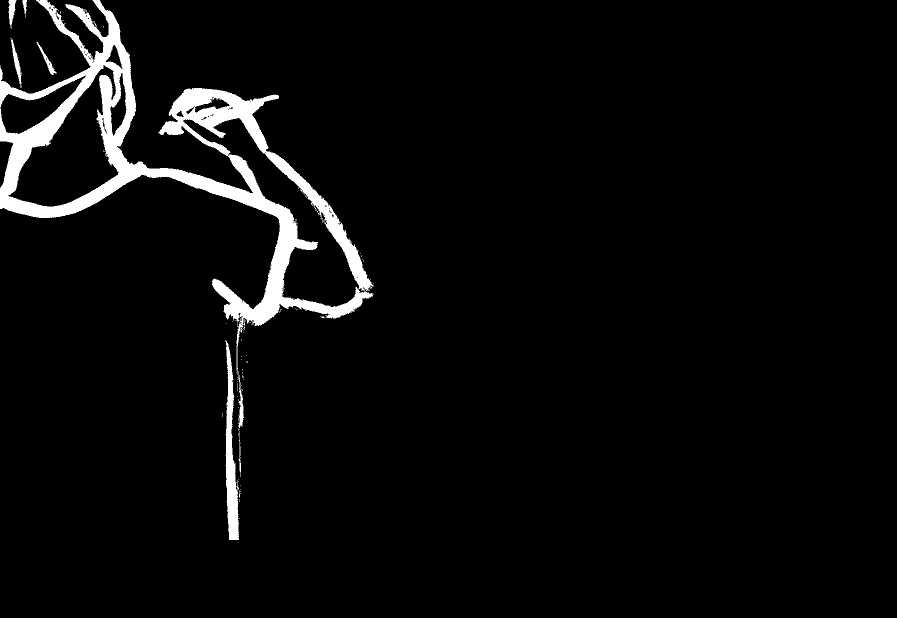
It’s my belief that no matter how many followers a person has or does not have, or how well-regarded they may be, or how public they make their life, that shaming, taunting, or teasing someone on Twitter or any other platform should not be tolerated. Opening conversation around an individual’s work is one thing; attacking or making fun of them is another. We should all step up and take responsibility for finding out all the facts and background about a particular topic or piece of work before spreading hurtful messages about it on Twitter, as some people did with my mural. John Ronson's book, So You've been Publicly Shamed reminds us that, like road rage, we behave in ways on Twitter that we just wouldn't in IRL.
Part 3: Make Your Own Step
We’d love for you to participate in this 12-step journey with us. Step seven is all about understanding or doing something kind for your “enemies.” Attempting to talk to them, or doing something kind, can break the cycle. Comment below or tag #12kindsofkindness on social media and let us know your stories. We'd love to hear them!
Feel free to use the artwork / quotes above to share your story on social, you can download them all on the 12 Kinds of Kindness Tumblr.


